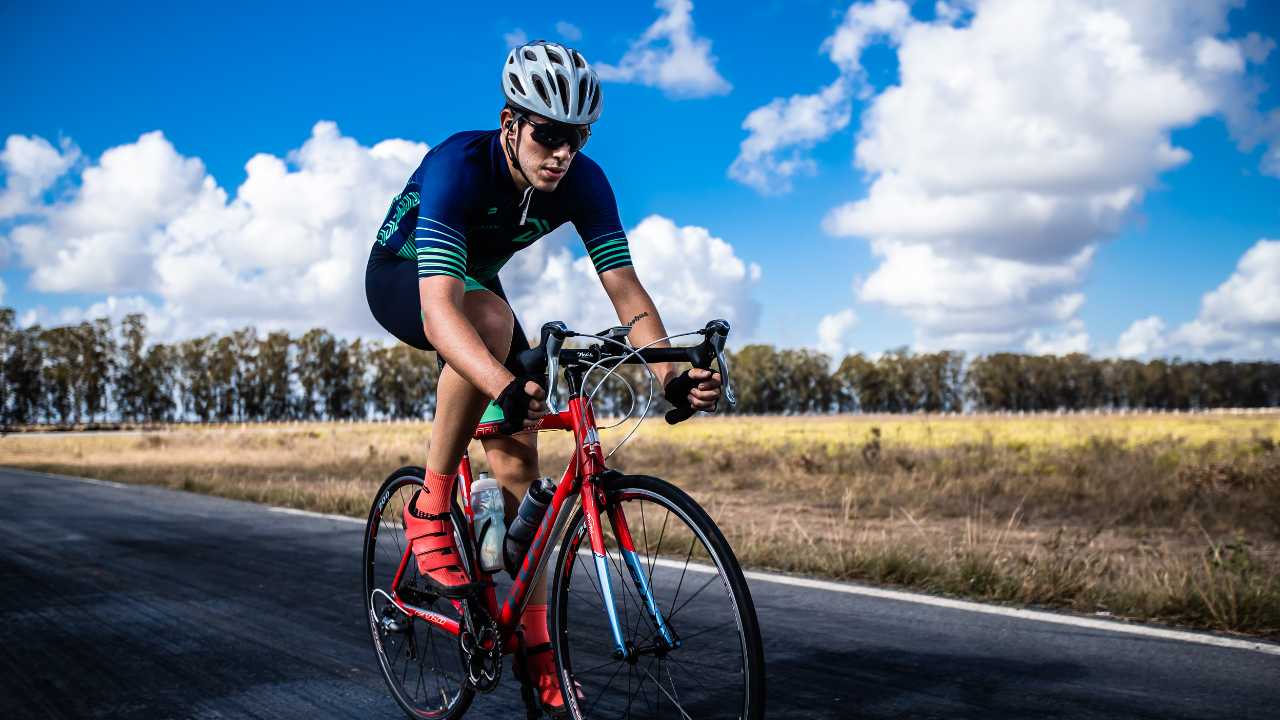7 Ways To Find Relief From Arm Pump Pain While Mountain Biking

If your arms are sore after you’re finished mountain biking, you’re not alone. We use our arms to control the handlebars, so it only makes sense that they would get tired after a long riding session. But you don’t have to live in pain.
There are several ways to manage this condition so you can keep riding like a professional. From staying connected with a Cardo Bluetooth bike helmet anytime you need a rest to improve your posture, we explain everything you need to know about arm pump pain and how to find relief.
What Is Arm Pump Pain?
The condition known as “arm pump pain” remains a common problem among mountain cyclists. The medical term is chronic exertional compartment syndrome (CECS), which is caused by repetitive stress in the biceps, triceps, and forearms, including intense vibrations due to uneven terrain. Symptoms include severe pain, swelling, cramping, and weakness in the forearms and hands.
Even though it’s not considered life-threatening, it can cause problems on the road if you are unable to grip, pull or grasp the handlebars on your bike, especially when riding on uneven terrain. There is often very little room for error when you’re biking along a steep cliff, so be sure to address the issue if and when it arises.
How to Relieve Arm Pump Pain

These tips are designed to help relieve the symptoms of arm pump pain, but they won’t prevent them altogether. The condition is often unavoidable when biking through the wilderness. Follow our tips below to help alleviate the pain symptoms you may be experiencing.
- Take a Break
Arm pain comes with the territory, so to speak. The best thing you can do to relieve this pain is to stop riding. The more you ride, the more pressure you will put on your arms. Try common pain relief techniques such as using a combination of ice and heat. In most cases, the pain will start to subside as soon as you stop riding, but it can last in the muscles for up to 24 hours.
Even the best mountain bikers know when to take a break. If you’re training for a race or desperate to develop your skills, look for other ways to build strength and endurance, such as lifting weights, on-road cycling, and stationary biking. The mountain will still be there when you get back.
- Invest in New Handlebars
Mountain bike handlebars have come a long way in the past few years alone. Today’s gear comes with shock-absorbing inserts and pads that help take the pressure off your hands. The grip should be rigid enough to help you stay in control but soft enough to prevent unnecessary strains.
- Steer Clear of Obstacles
Bumps, jumps and steep drops will put more pressure on your hands, so do your best to avoid them whenever possible. The impact of the landing, however smooth, can add to the pain. Keep your head up and stay alert to limit turbulence. If you’re biking at night, use a bright light to guide the way.
- Stay Connected
You can’t always dodge everything that comes your way, especially when you’re trying to avoid multiple obstacles at once. That’s why it helps to have a second pair of eyes to help you get the lay of the land. Use a bike helmet with Bluetooth to talk hands-free to other riders so you can give each other a heads-up when the going gets tough. You shouldn’t have to look down when communicating. If you see something that might be a hazard, share it with the group.
- Brace Your Feet
Your hands will absorb a lot of the impact when riding over rocks and tree roots. But your feet can help take the pressure off the upper half of your body. Keep your feet on the pedals with your heels back while maintaining a balanced stance.
- Relax Your Hands

Lots of people tend to tense up during a bumpy ride. But all that extra tension will only put more pressure on your hand and arm muscles. Do your best to relax your grip when the trail evens out without letting your guard down so you can re-engage your hands at the slightest disturbance. Be sure to wear the proper mountain biking gear when hitting the trail, including padded gloves that reduce vibration.
- Improve Your Posture
Your back and core can also affect how much you use your hands while riding. The worst thing you can do for your arms is to use them to prop yourself up on the bike. Use your core muscles and keep your back straight when riding and only engage your hands to steer or if you feel you are about to fall. Your core should absorb most of the vibrations, along with your feet, so your arms can relax as much as possible.
Find The Relief You’re Looking For
Mountain biking is inherently challenging and can lead to sore muscles. But this condition can be serious if it affects your ability to ride. Avoid overexerting yourself when biking to make sure you don’t have to stop riding altogether.



